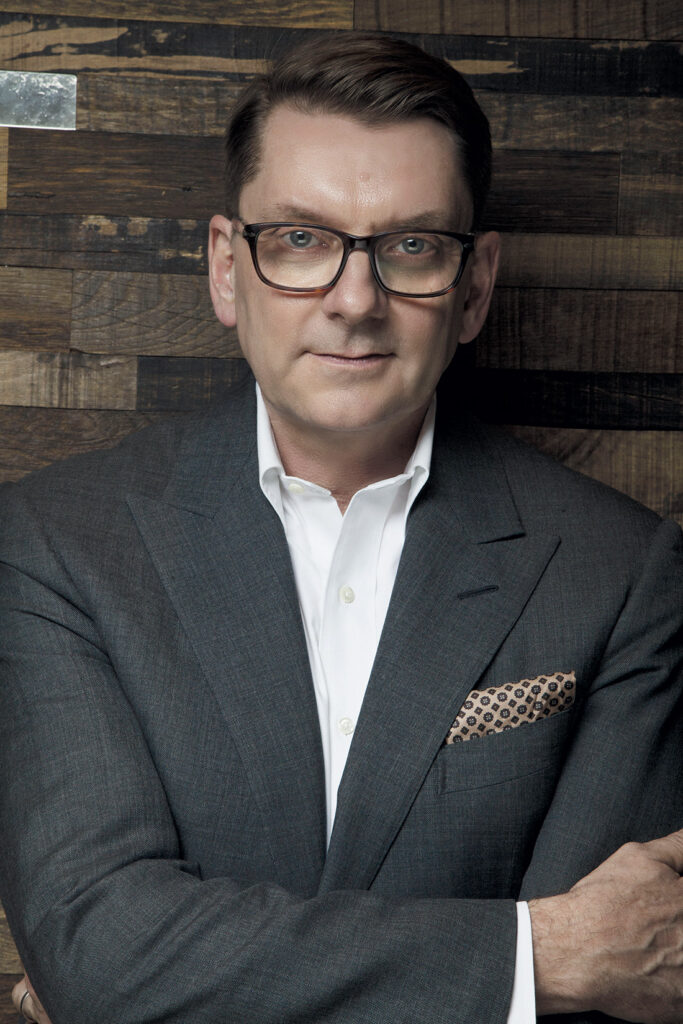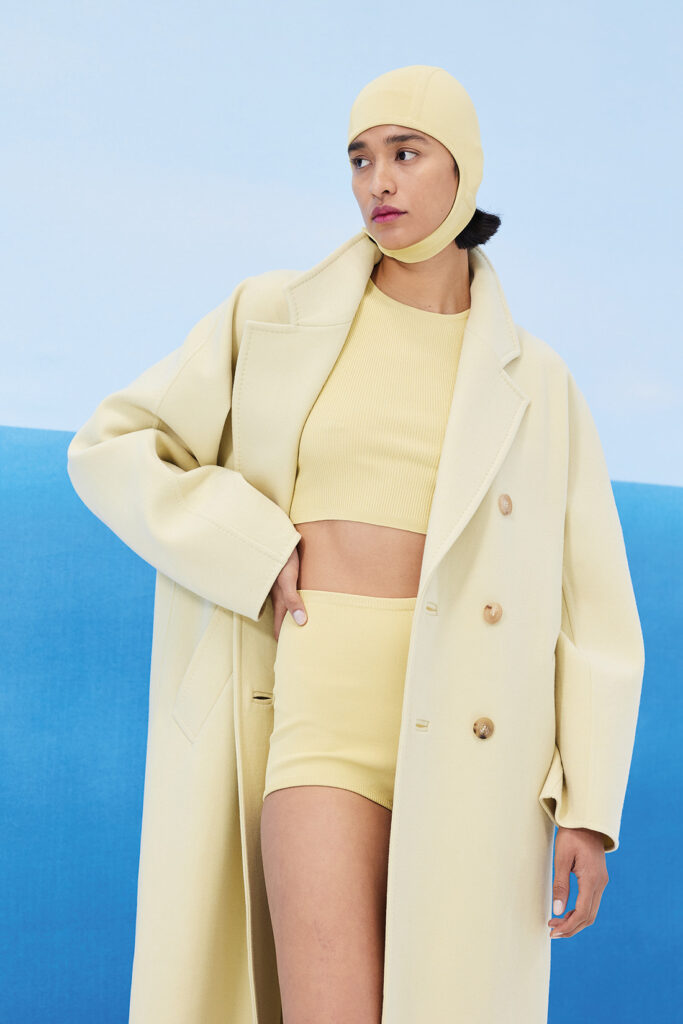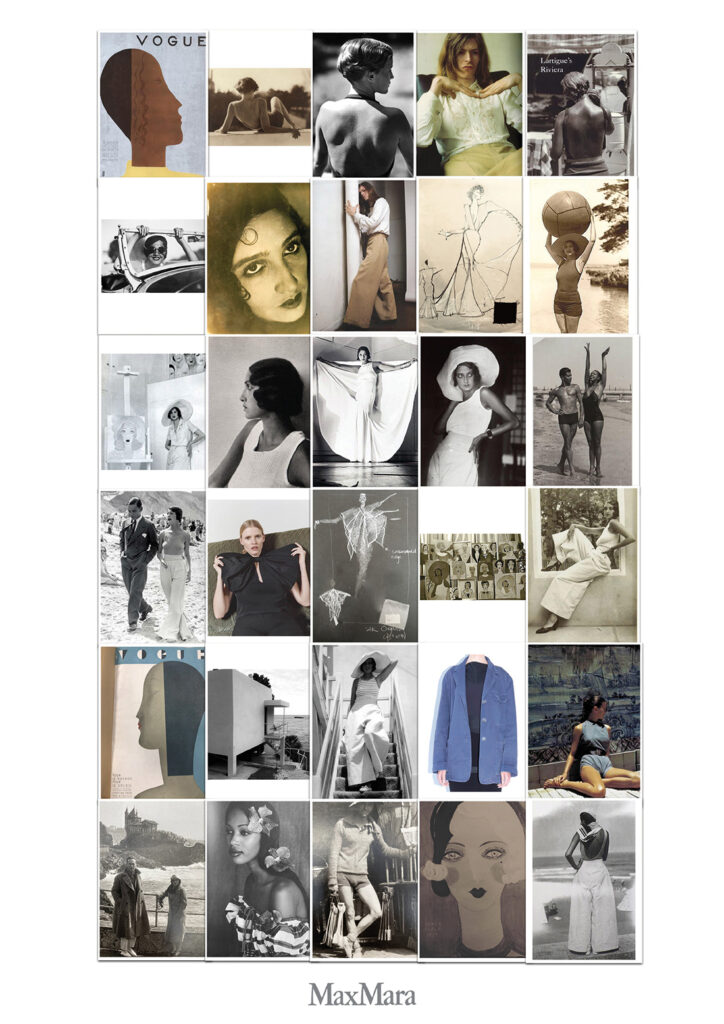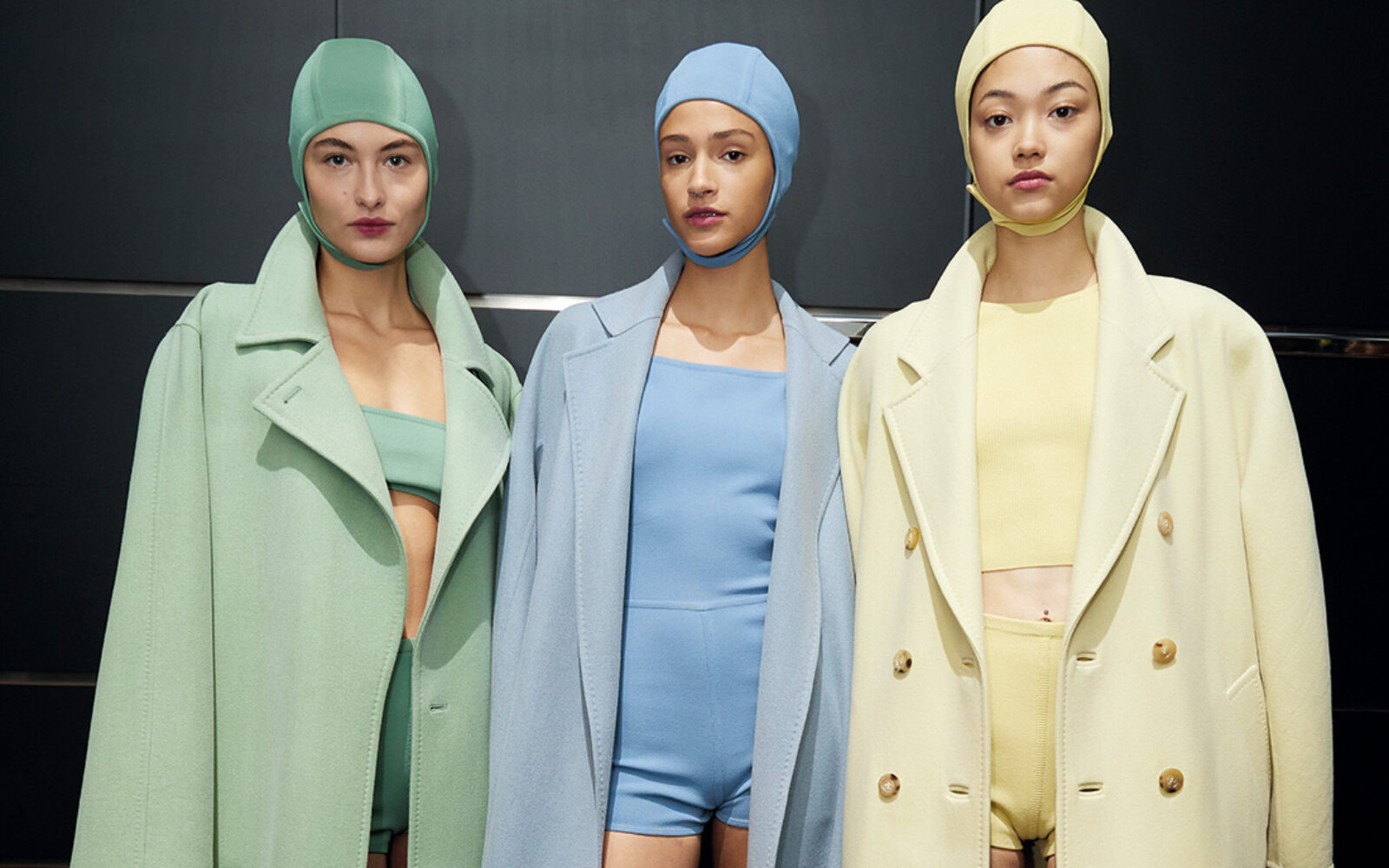At the helm of cherished Italian brand Max Mara, creative director Ian Griffiths is as elegant and sophisticated as the creations he designs
It comes as no surprise that Ian Griffiths is immaculately dressed in a perfectly fitted suit as he sits to talk with MOJEH on a recent visit to Dubai. The creative director and man in charge of Max Mara’s stylish successes for over three decades, he helms the reinvention of wearable classic after classic, with loyal fans fawning over his latest creations each and every season. Born in the UK, Griffiths completed a master’s course at the Royal College of Art in London, winning a competition organised by Max Mara in the course of his studies and, as a result, joining the company in 1987. On his first-ever visit to Dubai, Griffiths gives us an insight into his English-isms in Italy, learnings on luxury and all-important trade secrets on the iconic ‘Teddy’ coat…

“I don’t see why you can’t wear sequins in the afternoon,” says Ian Griffiths – and we would have to agree
This is your first time in Dubai. What are your initial thoughts?
This city has come from a fishing village into a great metropolis and a huge financial phenomenon. That sense, that energy is tangible here. You can feel it! People have a sense of positivity, people enjoy the city which they are proud of. I think in slightly older cities, people feel a bit over everything, you just don’t get that here at all. You get the sense that people love fashion, clothes, cars, they love going out. They’re eating, showing themselves, enjoying themselves — living life. It’s a lesson to us all.
You have been at Max Mara for so many seasons, what has kept you there all these years?
The Max Mara woman. The women we dress is our mission, and even though every collection I design may have a theme or inspiration, underlying all that every time — it’s this woman who I love. I’ve been thinking about her for 35 years…
And who is she?
She is eternally young! No, in actual fact, of course it’s a cohort of women who are constantly coming into the world of Max Mara. As we dress younger women, we are not abandoning the ones that we have been dressing — I mean, that would be a huge betrayal. I would hate for any woman who has been faithful or had built up a relationship with the brand over many years to walk in one day and hear ‘sorry madam we are not looking to dress you anymore, how about your daughter?’ No, no, that would be a betrayal and would go completely contrary to everything we have said about empowerment, and progress for women.

The collection was inspired by ‘60s silhouettes and seaside adventures. Exhibit A? High-waisted bottoms and a play on the swimming cap
Which would you say is the most iconic Max Mara piece?
It’s going to be the Max Mara coat isn’t it? Which is passepartout, which speaks its message and has value in any culture and any language. The Max Mara coat talks about quality, design, desirability, prestige, the kind of association with a rather serious-minded approach to life. Someone smart, ambitious, who wants to get on. I always think that Max Mara is a kind of lingua franca, in that to the women who come to us, no matter where they come from, they respond to the same messages. If you take that thing, that one thing, the coat, one of those icons, the Teddy, Ludmilla, Manuela and 101801 Madame, it talks about who you are. So, for a woman from the Middle East, it talks about energy, her joie de vivre and appreciation of finer things of lasting quality.
How do you reinvent the coats every year and preserve their iconic status as the ‘must- have’ of the coat world?
Once something has become an object of desire with cult status, then it has a momentum of its own, so it is a question of working that item into every collection. So, in the case of this most recent Portuguese Lisbon collection inspired by poet Natalia Correia, we covered it [the Teddy] with embroideries of seahorses inspired by Portugal. It’s not so difficult when the object is already an icon. It is simply a question of personalising it according to the collection you are working on, and every now and then introducing a variation or a sleeveless version or a gilet version — the ideas just keep on coming.
Is there any kind of trend or design that you don’t like or are just allergic to?
There are lots of things we are not going to do.

Griffiths’s SS23 moodboard offers a glimpse into the creative director’s eclectic mind
Is that because you don’t personally like it, because it’s not Max Mara, or a combination of both?
It’s hard for me to distinguish between what my personal likes and dislikes are and what Max Mara’s likes and dislikes are. That is just who I am now, it is just inside me. I would like to say that I am not going to be influenced by 95 per cent of what I see in contemporary fashion. Not because I think I am better or superior, but because that’s not Max Mara. Max Mara follows its own path. I don’t really believe in trends anymore, it makes me laugh when people say to you: ‘what are all the colours of this season?’ and I’m like ‘camel.’
So, if anyone talks to you about fashion ‘rules’ that’s also something you don’t believe in?
There are no such things as rules — they are meant to be broken. Max Mara came from that Italian bourgeois reality where things were very much dictated by certain types of things you wore at certain times of year or in certain situations. Part of the reason why I was hired, I think, was because I was that kind of slightly iconoclastic punk back in the 70s and 80s, ready to shake things up a little bit with my British heritage. I would say ‘I don’t see why you can’t wear sequins in the afternoon.’
What does luxury mean to you?
I struggle with the whole idea of luxury, although it sounds like a strange thing for me to say. Because if you look at the definition of luxury it is something which costs a lot of money that you don’t need. But, I think that you do need Max Mara because Max Mara is a product which is designed to help you empower yourself. And therefore, it’s a kind of armour, it’s a way of equipping yourself and in that case it’s not so much luxury as a utility.
You have lived in Italy for so many years. Have you finally become Italian?
I love, adore the Italians, and I have become a kind of Italian clichéd view of what an English gentleman is like in a way that you can’t actually be in the UK. It would be almost ridiculous with my Savile Row suits and the way I wear them. I think of how my image has changed since I joined the company — I was that punk rocker! It has been a transformation and, you know, I owe all of that to David Bowie who taught my generation how to manipulate your self image. But I annoy my partner endlessly by sticking to Italian habits, like never placing two items such as a knife and fork crossing each other, which in Italy is considered to be really bad luck. Discover the new collection
Read Next: Celebrities and Designers React To Law Roach’s Shocking Retirement
- Interview by Sophia Serin





